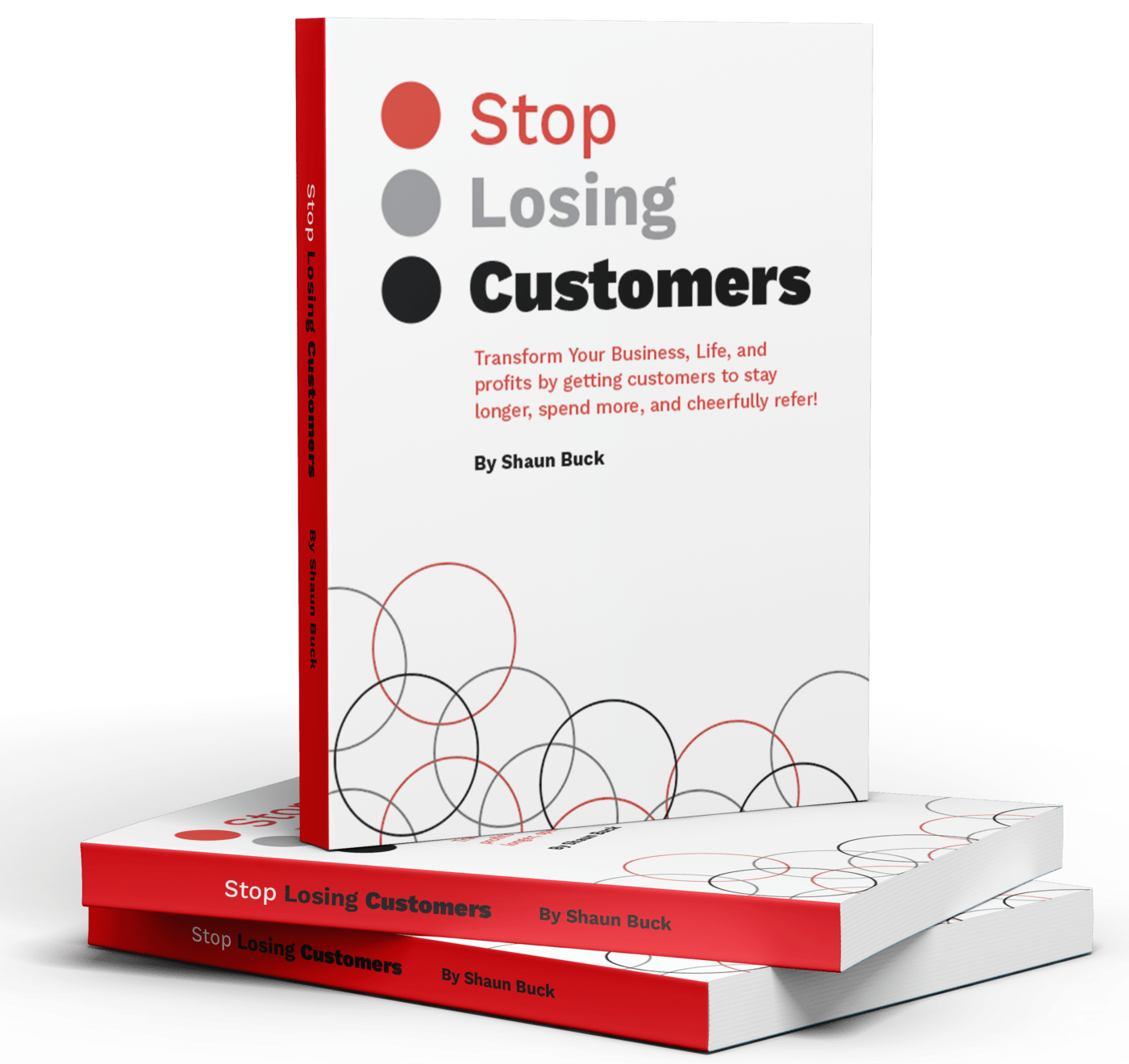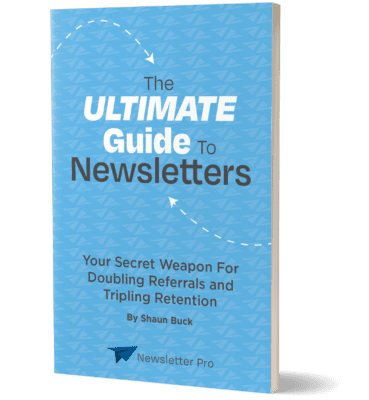In today’s digital age, newsletters have proven to be an effective tool for engaging with customers and boosting brand loyalty. They serve as a consistent touchpoint between businesses and their audience, providing a unique opportunity to communicate directly without the noise of other competing messages. But how do you incorporate newsletters into your larger marketing strategy? It’s more than just sending out regular updates; it involves strategic planning and execution to ensure that newsletters complement and enhance your broader marketing goals. This article will guide you through the process, highlighting the benefits and offering actionable steps to ensure your newsletters enhance your overall marketing efforts.
Why Newsletters Matter in Marketing
Newsletters are a direct line to your audience. Unlike social media, which is often subject to algorithm changes and the whims of platform trends, newsletters land directly in your subscribers’ inboxes. This direct access means you have a greater chance of being seen and read by your audience, making newsletters a reliable channel for consistent communication. Additionally, while social media platforms may limit organic reach, newsletters bypass these restrictions, providing a level playing field where your message can be delivered as intended.
Benefits of Newsletters in Your Marketing Plan
- Direct Communication: Newsletters allow you to communicate directly with your audience without the interference of third-party platforms. This directness fosters a sense of trust and reliability, as your audience knows they can count on receiving information straight from the source. It also enables you to deliver messages that are unfiltered and aligned with your brand’s voice and tone.
- Building Relationships: Regular newsletters help establish and nurture relationships with your audience by providing valuable content. Over time, as subscribers become accustomed to receiving insightful and engaging material, your brand becomes a go-to resource, strengthening customer loyalty. This ongoing connection also gives you the opportunity to better understand your audience’s evolving needs and interests.
- Driving Traffic: By including links to your website or blog, newsletters can drive traffic and increase engagement with your content. This not only boosts your site’s visibility but also aids in improving search engine rankings due to increased activity. Furthermore, directing subscribers to your website enhances the likelihood of conversions, whether it’s through completing a purchase, signing up for a service, or engaging with additional content.
- Boosting Sales: Promotional newsletters can highlight products or services, encouraging purchases and increasing sales. By spotlighting special offers, new arrivals, or exclusive discounts, you create urgency and incentivize subscribers to act. Additionally, by segmenting your list and targeting specific groups with tailored promotions, you can maximize the relevance and impact of your sales efforts.

Integrating Newsletters into Your Marketing Strategy
To effectively integrate newsletters into your marketing strategy, consider the following steps. It’s not merely about adding newsletters to your marketing mix; it’s about weaving them into the fabric of your overall strategy to ensure cohesion and synergy across all channels.
Define Your Goals
Before sending out newsletters, define what you hope to achieve. Are you looking to build brand awareness, drive sales, or increase website traffic? Having clear goals will guide your content creation and help measure the success of your newsletters. Establishing specific, measurable objectives allows you to focus your efforts and resources more efficiently. For instance, if your primary goal is to increase sales, your content strategy might prioritize product features and time-sensitive promotions.
Know Your Audience
Understanding your audience is crucial. Analyze your subscriber data to gain insights into their preferences, interests, and behaviors. This information will help you tailor your newsletter content to meet their needs and keep them engaged. Consider segmenting your audience based on these insights to send more targeted messages. By doing so, you increase the relevance of your content, thereby enhancing engagement and reducing unsubscribe rates.
Create Compelling Content
Your newsletter content should be engaging, relevant, and valuable to your audience. Consider including a mix of the following:
- Industry News: Share the latest news and trends in your industry. Providing timely insights positions your brand as a thought leader and keeps your audience informed about significant developments.
- Educational Content: Provide tips, how-tos, or case studies. Educational content not only adds value but also empowers your audience to make informed decisions, which can enhance their loyalty to your brand.
- Promotions: Offer exclusive deals or discounts to subscribers. Exclusive offers reward your loyal audience and can serve as a powerful incentive for new subscribers to join your mailing list.
- Company Updates: Keep your audience informed about company news or product launches. Transparency about your company’s activities builds trust and fosters a sense of community among your subscribers.
Design Matters
A well-designed newsletter is more likely to capture attention and keep readers engaged. Use a clean, professional layout that reflects your brand’s identity. A consistent design aesthetic not only reinforces brand recognition but also enhances the overall reading experience. Make sure your newsletters are mobile-friendly, as a significant portion of subscribers will read them on their phones. Optimizing for mobile devices ensures that your content is accessible and visually appealing across all platforms.
Personalize Your Newsletters
Personalization can significantly improve engagement rates. Use subscriber data to personalize your newsletters, addressing recipients by name and tailoring content based on their interests or past interactions with your brand. Beyond addressing recipients by name, consider personalizing content recommendations or product suggestions. This level of personalization demonstrates that you understand and value your subscribers, which can lead to increased loyalty and conversion rates.
Measuring the Success of Your Newsletters
To ensure your newsletters are contributing to your marketing goals, it’s essential to measure their performance. By tracking key metrics, you can gain insights into what’s working and what needs improvement, allowing you to refine your strategy for optimal results.
Open Rates
Open rates indicate how many subscribers opened your newsletter. A low open rate may suggest that your subject lines need improvement or that your content isn’t resonating with your audience. Experiment with different subject line strategies, such as posing a question, using urgency, or offering value, to see what increases open rates. Additionally, consider the timing of your sends, as certain days and times may yield better results.
Click-Through Rates
Click-through rates measure how many subscribers clicked on links within your newsletter. This metric helps gauge how engaging your content is and whether it effectively drives traffic to your website. Analyze which links receive the most clicks to understand what type of content or offers resonate most with your audience. Use these insights to inform future content planning and link placement.
Conversion Rates
Conversion rates show how many subscribers took a desired action, such as making a purchase or signing up for an event, after reading your newsletter. This metric is crucial for understanding the direct impact of your newsletters on your business goals. By tracking conversions, you can assess the effectiveness of your calls-to-action and identify areas for improvement in your sales funnel.
Subscriber Growth
Monitor your subscriber list growth over time. If you notice a decline, consider reviewing your content strategy or offering incentives to attract new subscribers. Growth in your subscriber base is an important indicator of your newsletter’s appeal and the effectiveness of your acquisition strategies. Encourage referrals by offering rewards for subscribers who bring in new members, and ensure the sign-up process is seamless and inviting.

Best Practices for Newsletter Integration
Following these best practices can help you maximize the effectiveness of your newsletters within your marketing strategy. By adhering to proven tactics, you can enhance your newsletters’ impact and drive better results for your business.
Consistency is Key
Send newsletters on a regular schedule to keep your audience engaged. Consistency helps maintain a relationship with your subscribers and keeps your brand top of mind. Establishing a predictable cadence, such as weekly or monthly newsletters, sets expectations for your audience and helps build anticipation for your content.
Test and Optimize
Regularly test different elements of your newsletters, such as subject lines, content types, and send times, to determine what works best for your audience. Use these insights to optimize future newsletters for better performance. A/B testing can provide valuable data on what resonates with your audience, allowing you to make informed adjustments that enhance engagement and effectiveness.
Encourage Feedback
Invite subscribers to share their feedback, and use their input to improve your newsletters. Listening to your audience can provide valuable insights and help you deliver content that truly resonates with them. Consider including surveys or feedback forms periodically to gather input on specific topics, and be responsive to the feedback you receive to demonstrate that you value your subscribers’ opinions.
Integrate with Other Channels
Ensure your newsletters complement other marketing channels. For example, promote your newsletter on social media or include newsletter sign-up forms on your website to grow your subscriber base. Cross-channel promotion not only broadens your reach but also reinforces your messaging, creating a cohesive brand experience for your audience. Ensure consistency in tone and design across all channels to strengthen brand identity.
Conclusion
Integrating newsletters into your overall marketing strategy can enhance customer outreach, build brand loyalty, and drive business growth. By defining clear goals, understanding your audience, and creating compelling content, you can leverage newsletters to achieve your marketing objectives. Remember to measure success, test different strategies, and continually optimize your approach for the best results. Newsletters, when done right, become a powerful tool for engaging with your audience and achieving your business goals. By weaving newsletters seamlessly into your marketing strategy, you not only expand your communication toolkit but also deepen your connection with your audience, setting the stage for long-term success.
Contact Newsletter Pro for Quality Newsletters
For exceptional newsletter creation and management, consider partnering with Newsletter Pro. As experts in crafting engaging and impactful newsletters, we can help elevate your communication strategy. Contact us today to discover how our team can support your business objectives with custom, high-quality newsletters tailored to your brand. Let us help you make a lasting impression and connect more effectively with your audience. Get in touch to learn more!






